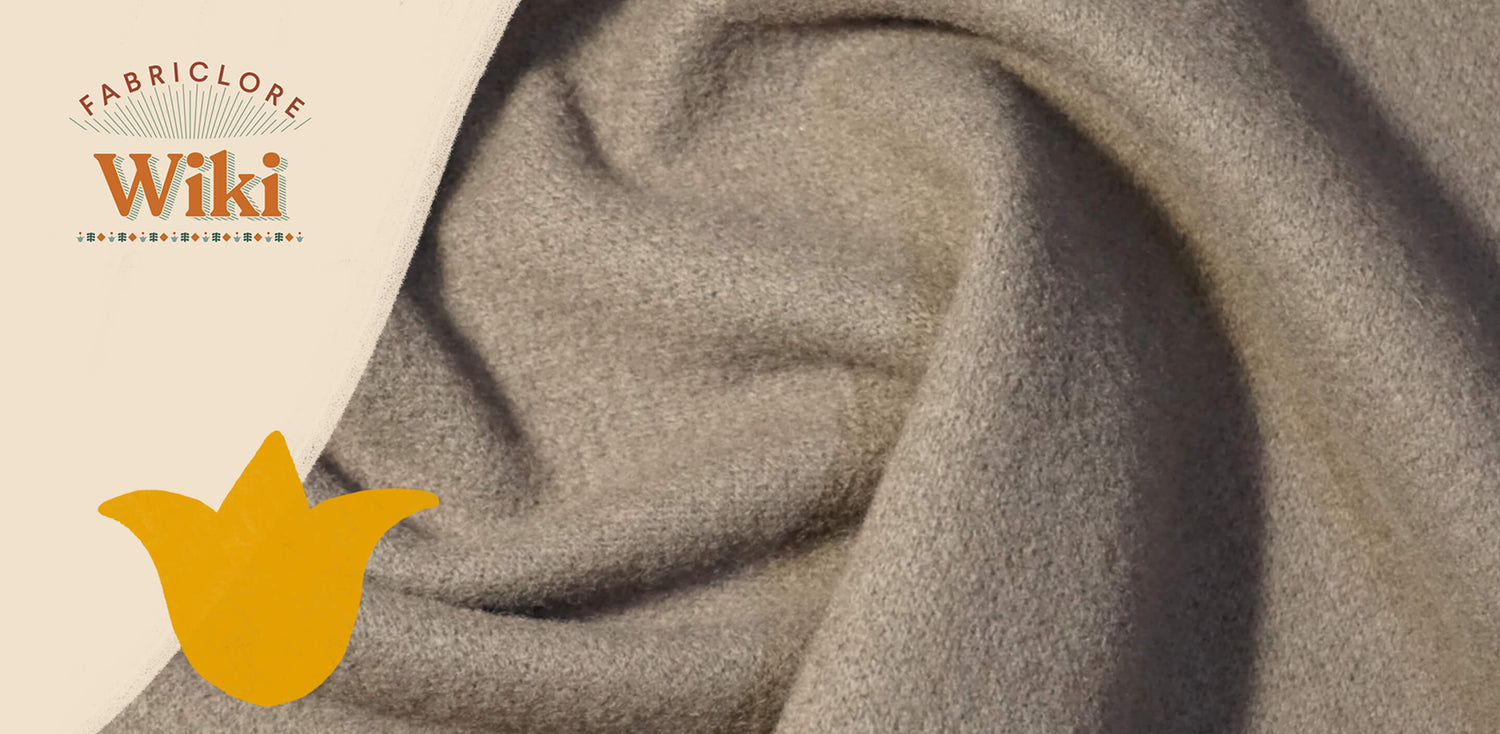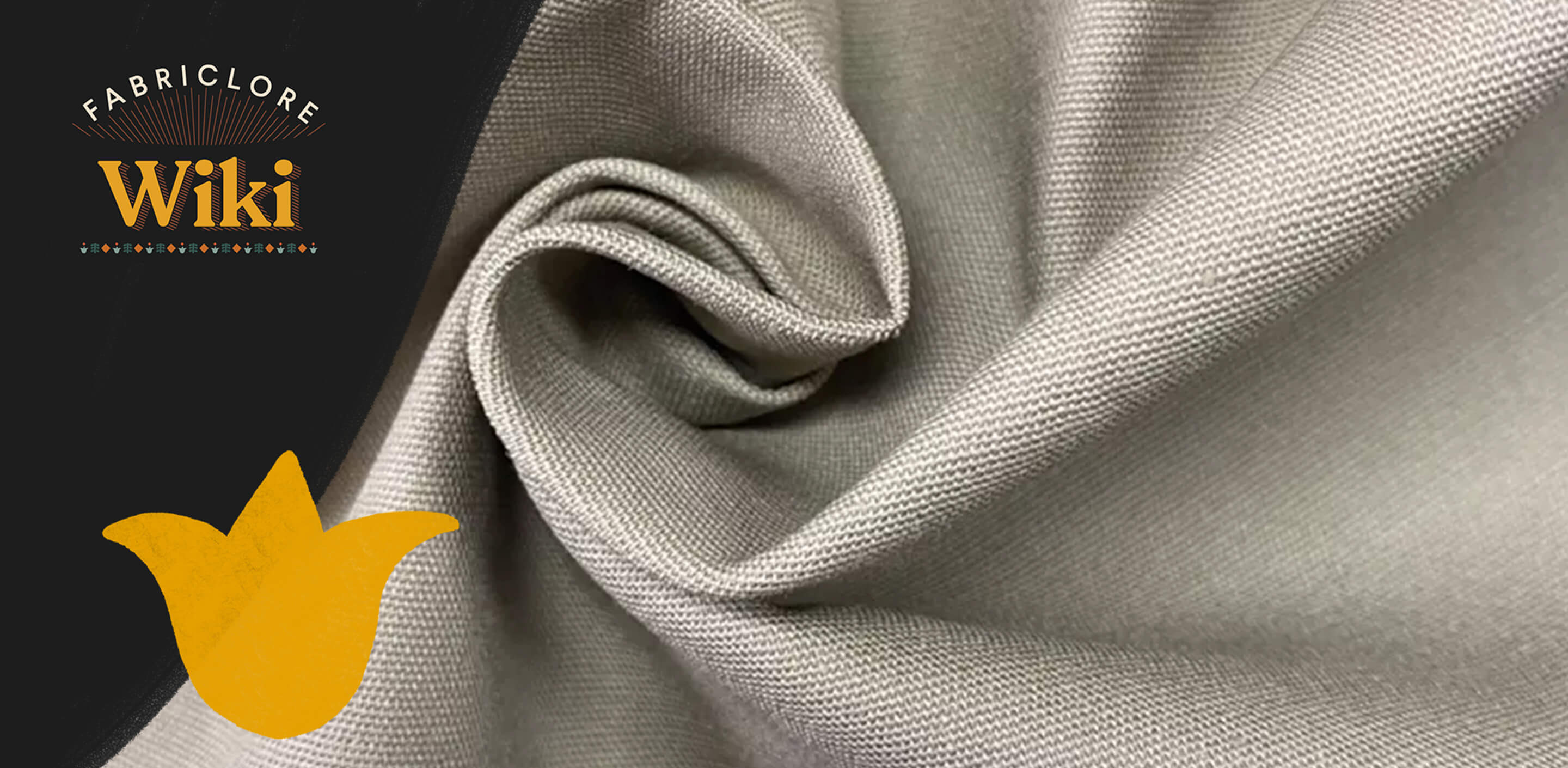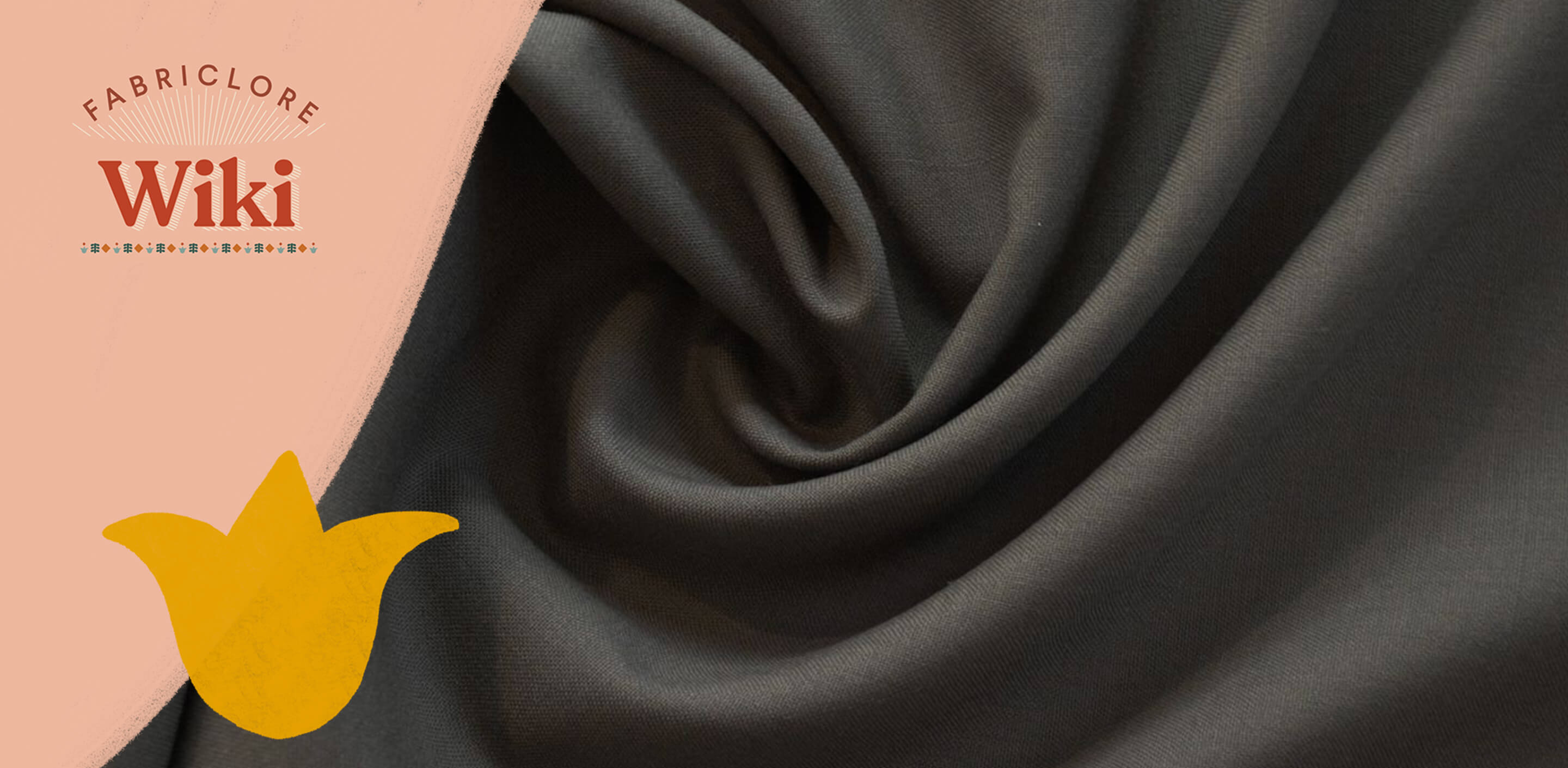What is Virgin Wool?
- The phrase "virgin wool" may be used to refer to two distinct kinds of textiles that are made from the hair fibers of sheep. Both of these forms of textile are referred to as "wool."
- This word can mean the first shearing of a young lamb's wool or wool that has not been reused.

History
- Modern fashionistas probably haven't given much thought to the idea that their favorite clothes may have been made with recycled wool.
- On the other hand, there was a lack of new materials during World War II, along with a shortage of many other commodities.
- Because of this, businesses and individuals were forced to make do with the resources that were already at their disposal, such as wool that had already been processed.
- A large number of wool garments, including clothing and even furniture, are produced using recycled wool. It is believed that around this time period, wool that had not been reprocessed began to be referred to as "virgin wool."
- Because the term "virgin" refers to something that has never been used before, it was a natural choice to use when referring to unprocessed wool.
- Even if there isn't a scarcity of new fabrics these days, the term "fine wool" has stuck around and is often used to refer to the wool of a better grade.
- This is because virgin wool is much more durable than wool that has been previously used.

What Makes it Stand Out
|
Texture |
It is extremely soft to the skin. |
|
Breathable |
Virgin wool is naturally breathable and can be worn in any season. |
|
Durable |
It does not get wrinkled or break easily. |
Applications & Usage
|
Clothing |
Jumpers, sweaters, coats, etc. |
|
Blankets, rugs, etc. |
|
|
Slippers, etc. |
Care Instructions
- Remove everything from the pockets, hang for 1–2 hours to remove creases, and then fold flat for storage.
- Putting on a slip or petticoat under wool clothes will help keep them from getting stained by sweat and other body oils.
- Stain removal from wool is most effective when done immediately after the stain has occurred.
- For new stains, use a clean cloth and blot the area gently by dabbing (never rubbing).
- Remember to wipe away any leftover detergent or spot cleaning with a damp towel after use.
- Wool clothing should be brushed after every use. This is an effective method for cleaning away dust and debris.
- Woolen garments constructed from 100% virgin wool yarns should be washed by hand for the best results. Wool should be washed in cold water with a mild, pH-balanced liquid detergent.
- As with silk, finish with a final rinse of water and some hair conditioner.
- Wool, or clothing manufactured from wool, should never be stretched while wet.
- Wet woolens should never be hung to dry or carried by the shoulders.
- After washing and squeezing out excess water using a clean towel, lay it flat to dry.
- A medium heat is recommended for ironing wool.

We also happen to be a magnet for suggestions, and would love to catch yours….throw us yours on hello@fabriclore.com





